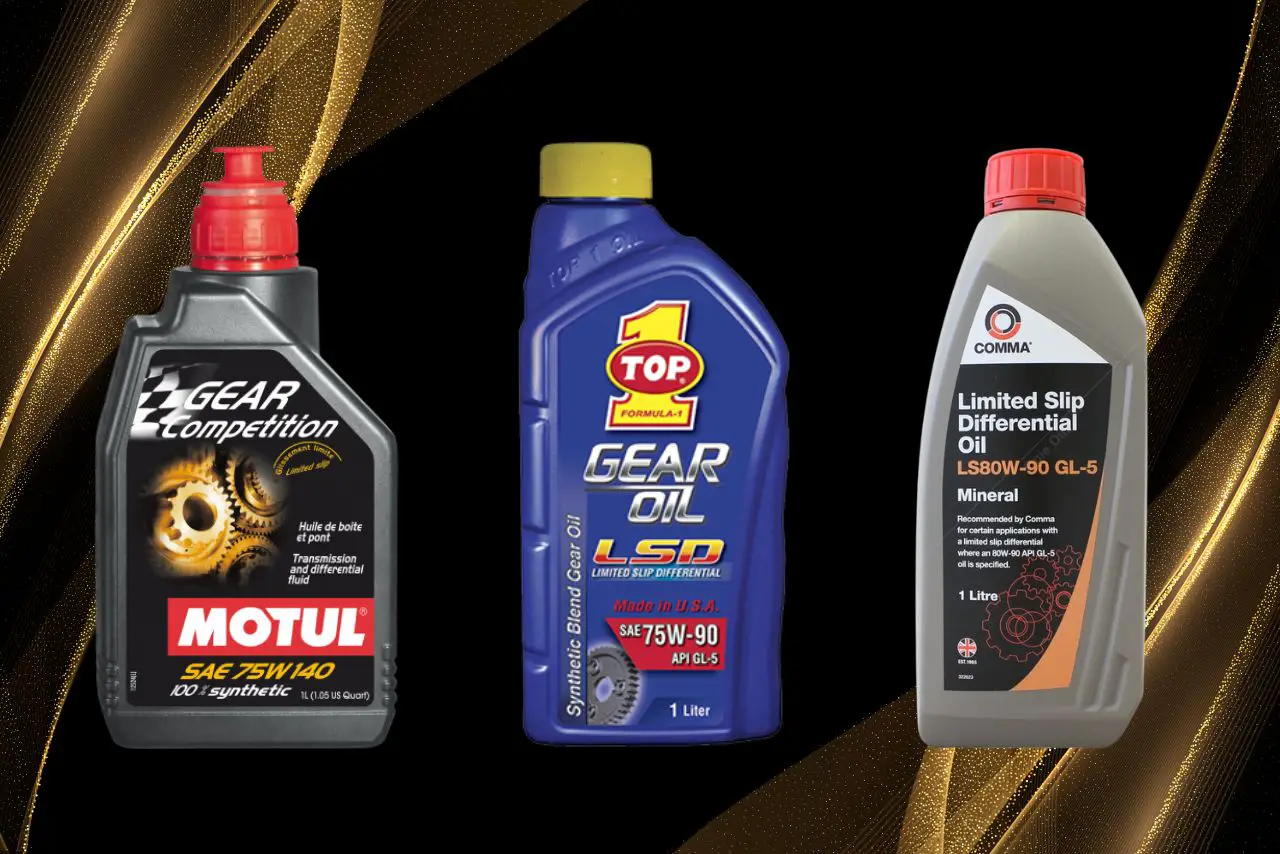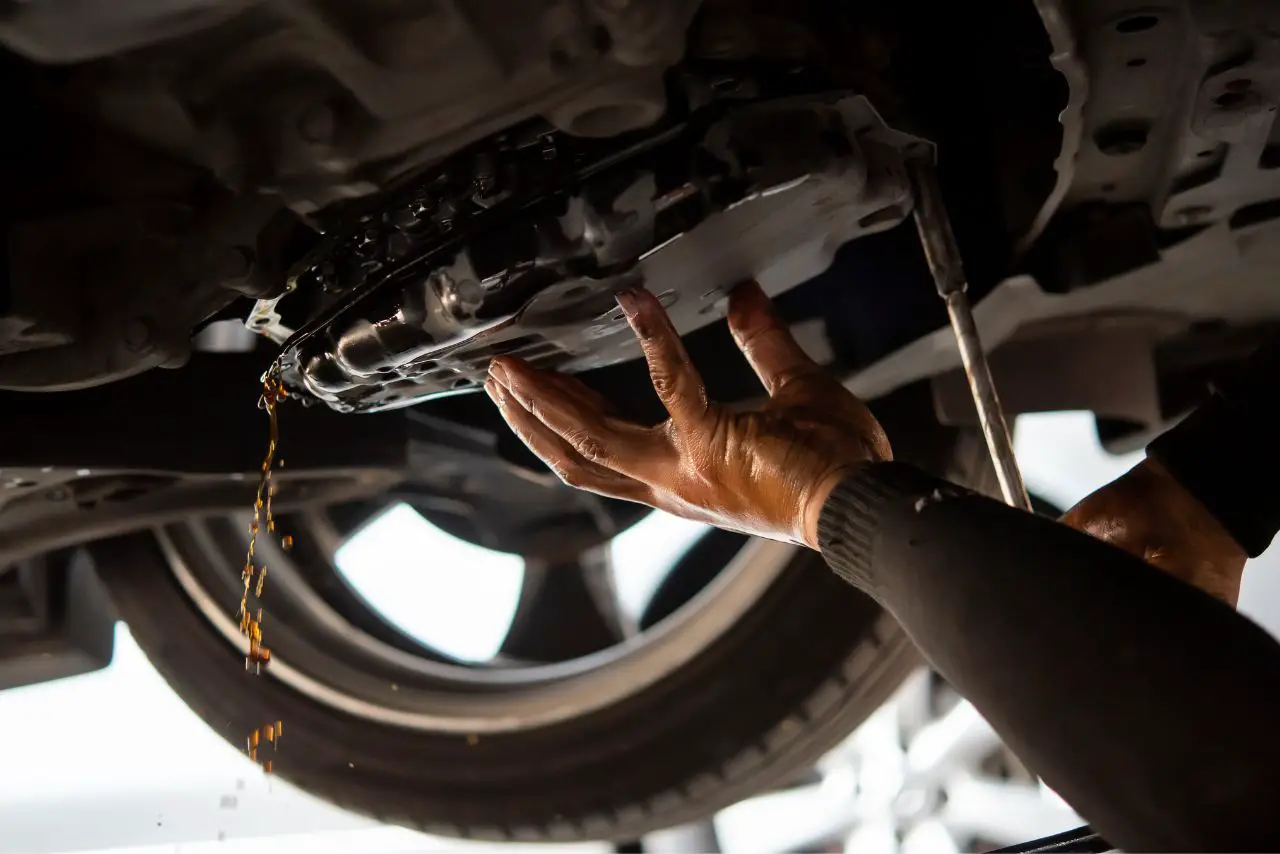Do you notice condensation in your engine oil? Have no fear, there are a few simple steps that can be taken to effectively get rid of it.
In this article, we will provide tips and tricks on How to Get Rid of Condensation in Engine Oil?
To get rid of condensation in engine oil, you should check your dipstick regularly for water droplets. If the engine oil is milky or cloudy, it indicates the presence of moisture and needs to be changed immediately.
It is best to replace your engine’s oil filter every 3,000 miles and use a high-quality detergent synthetic blend motor oil that can hold up to higher temperatures and still provide excellent lubrication.
Additionally, making sure there are no leaks in the cooling system will help prevent moisture from entering the crankcase.
Table of contents
Why Does Engine Oil Condensate?

Engine oil condensation occurs when the temperature of the engine increases and decreases. This fluctuation in temperature causes water vapor to form inside the engine, which then condenses into droplets that settle at the bottom of the crankcase or on top of other components.
This can lead to a number of issues such as sludge formation, corrosion, and reduced lubricity.
The main cause for this is poor maintenance practices, like not changing your oil regularly or using substandard products. Oil breaks down over time and becomes contaminated with moisture due to high temperatures during operation as well as from humidity in the air around it.
As a result, smaller particles can accumulate on surfaces throughout an engine causing excess friction and wear between moving parts leading to performance issues or failure if left unchecked.
Regularly checking fluids levels and replacing old oil is essential for preventing engine oil condensation from occurring in modern engines.
Additionally, there are special additives available that help reduce moisture build-up by dispersing it evenly throughout an engines working parts so it doesn’t collect at any one particular spot creating problems down the line.
Taking these steps will help make sure your vehicle is running optimally while also extending its life span significantly!
Drain Old Oil and Replace with New:
Drain old oil and replace with new is essential in ensuring your engine runs at peak performance.
Old oil can contain condensation which, if left untreated, can cause a build-up of sludge in the engine.
Sludge will reduce performance, increase fuel consumption, and potentially damage moving parts.
To prevent this from happening it’s important to drain out the old oil and replace it with fresh lubrication that has been specifically designed for your particular model of car or truck.


To change the oil start by locating the drain plug on your vehicle’s sump; this is usually located near a dipstick on newer cars or underneat an inspection cover on older models.
Make sure that you check levels regularly afterwards – every few weeks is ideal – so that your engine doesn’t suffer from any unnecessary wear due to incorrect lubrication levels.
Check PCV System for Blockages or Leaks:
It is important to check your PCV system for blockages or leaks when trying to get rid of condensation in engine oil.
The positive crankcase ventilation (PCV) system is responsible for controlling the amount of air pressure inside the engine’s crankcase.
If this pressure becomes too high, it can cause condensation to form and mix with the motor oil, leading to sludge build-up and other problems.
One way you can detect a problem with your PCV system is by inspecting hoses for cracks or holes that could be allowing air leakage.
It may also be necessary to disassemble components such as intake manifolds or throttle bodies in order to visually inspect them for any signs of wear or damage which might indicate a blocked passage within the system.
You should also take care not to overfill your engine oil reservoir because an excessive amount of fluid will restrict airflow through the PCV valve, leading again to an increase in crankcase pressure and resulting condensation buildup in motor oil.
Additionally, make sure that filter elements are replaced regularly according to manufacturer’s recommendations so they do not become clogged up and further reduce intake airflow into the cylinder bores causing higher pressures once more.
Using a Dehumidifier:


Using a dehumidifier is an effective way to reduce condensation in engine oil. Dehumidifiers work by removing moisture from the air, and this can help minimize the amount of water vapor present in the engine oil.
The dehumidifier should be placed near the engine so that it will draw out as much moisture as possible.
It is also important to check your dehumidifier’s filter regularly and replace it when necessary, as clogged filters can reduce its efficiency.
In addition, you should make sure there is adequate ventilation around your engine while running or idling.
This helps ensure moisture does not build up inside the motor and prevents future condensation problems caused by humidity levels inside your vehicle’s cabin.
Finally, if you have been driving through wet conditions for prolonged periods of time, such as during heavy rainstorms or snow storms, then consider parking somewhere dry overnight to allow your car some time to dry out before continuing on with your journey again.
Clean Radiator and Hoses of Contaminants:

To get rid of condensation in engine oil, it is important to clean the radiator and hoses of any contaminants.
The presence of dirt or other debris can create a blockage that prevents air from entering the system properly.
This will cause an increase in pressure inside the cooling system resulting in hot spots and ultimately leading to condensation forming in engine oil.
To avoid this problem, make sure to thoroughly inspect all components for signs of corrosion or damage before starting the cleaning process.
Cleaning your radiator and hoses should be done every few months using a mild soap solution with water.
A soft-bristled brush can be used to remove any visible particles from the surface area while paying special attention to parts like fan blades which are prone to collecting contaminants over time.
After brushing away as much grime as possible, rinse everything off with pressurized water in order for it dry completely before reassembly.
It is also essential that you replace old coolant hoses when removing contaminated ones during cleaning; otherwise you risk creating leaky seals that could lead to further contamination within your vehicle’s cooling system down the line.
Always use high quality materials when replacing these parts–it may cost more initially but your engine’s longevity will thank you later on!
Invest in High-Quality Synthetic Oils:


In order to reduce condensation in engine oil, it is important to invest in high-quality synthetic oils.
Synthetic motor oils are specially engineered for performance and can handle extreme temperatures better than conventional mineral-based oils.
They also provide superior protection against wear and tear, meaning your engine will last longer with less maintenance required.
In addition, synthetic oils have higher oxidation stability which helps slow down the formation of sludge that can eventually lead to engine problems.
Another benefit of investing in a quality synthetic oil is improved fuel efficiency as they help reduce friction between moving parts inside the engine.
This translates into greater overall performance and reduced emissions from your vehicle, making it more environmentally friendly.
Synthetic blends also offer excellent lubrication properties even when subjected to high levels of heat or cold temperatures so you don’t have to worry about changing your oil frequently due to changing weather conditions.
Finally, using a quality synthetic blend means that you won’t need as many viscosity improvers added over time since these additives tend to break down quickly when exposed to extreme temperatures or prolonged use without an oil change.
This further reduces the chances of condensation buildup occurring in your engine’s components over time.
Heating the Engine:
Heating the engine is one way of getting rid of condensation in engine oil. When an engine is cold, it produces more condensation due to the cool temperatures.
To reduce this effect, you can start by warming up your car before driving. This will cause many of the condensed moisture droplets inside the oil to evaporate away and be removed from the system.
Another effective method for removing condensation is using a block heater or transmission cooler that can heat up both the oil and cooling systems in vehicles with automatic transmissions.
These devices work by drawing power from a vehicle’s battery and then heating up key components like radiators, cylinders, pistons and other parts of an engine’s internals during colder weather conditions when extra heat may be needed to prevent fuel evaporation or frost damage.
Using these kinds of devices not only helps remove condensation but also provides additional protection against wear-and-tear on a vehicle’s internal parts due to excessive cold temperatures as well as prolonging their life span significantly
Using Vacuum Pump:
When dealing with condensation in engine oil, a vacuum pump is essential. This tool uses an airtight seal to create a vacuum and remove the moisture from inside the engine.
It works by removing all of the air and water vapor from within the system, which then helps draw out any excess liquid or condensate present in the oil.
The process can also help reduce sludge buildup and other contaminants that could be causing issues with your car’s performance.
Using a vacuum pump is relatively easy; however, it does require some knowledge of automotive systems before attempting it for yourself.
How to Get Rid of Condensation in Engine Oil?
There are several steps you can take to get rid of condensation in engine oil.
Make sure you dispose off used oils safely after draining them from your car’s system – always follow local guidelines when disposing off potentially hazardous materials like motor oils!





Leave a Reply